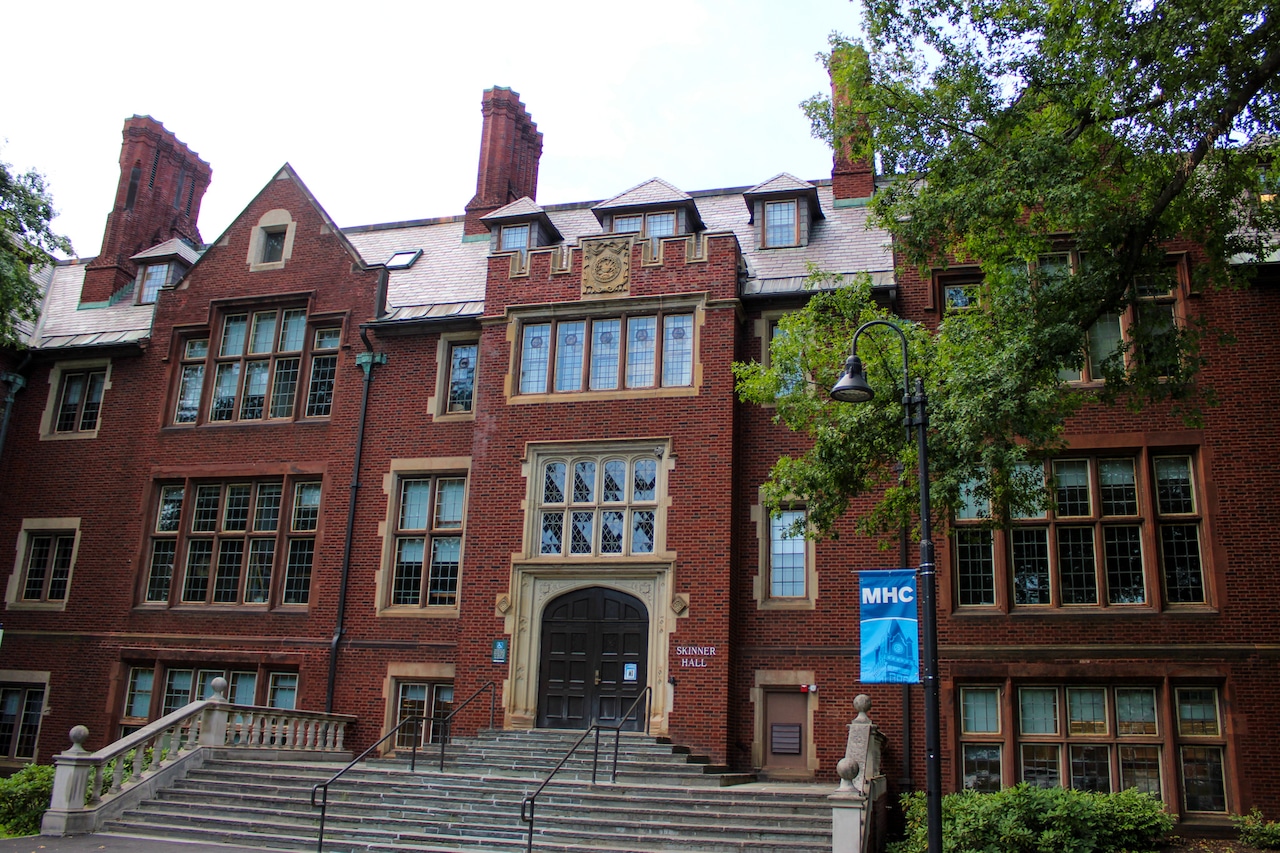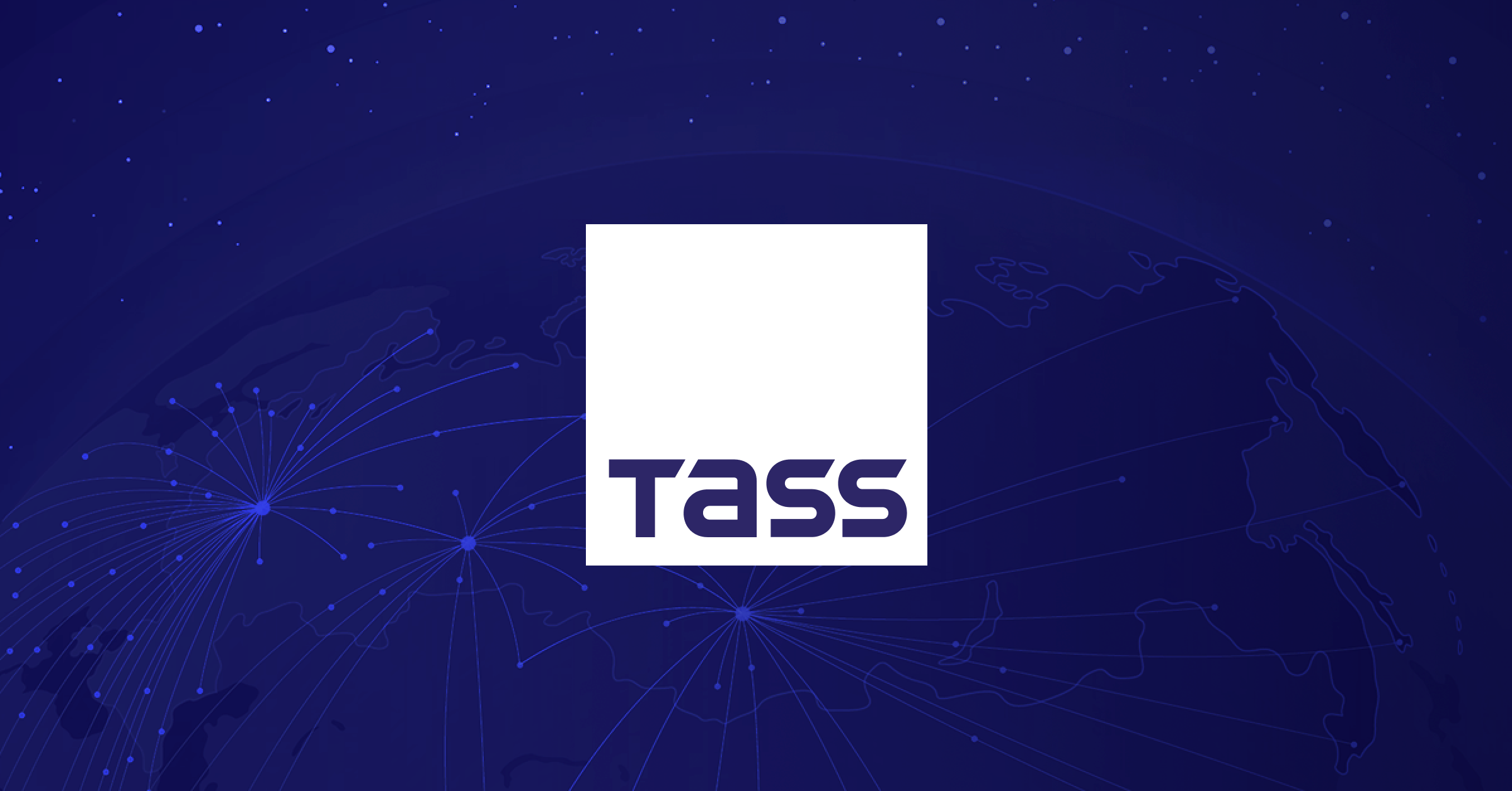
The price of college is as high as ever, but many institutions, particularly in Massachusetts, have been offering tuition-free admission to those at certain income levels.
All told, there are more than 30 colleges and universities offering free tuition to certain applicants — including private colleges and universities like Harvard University and Mount Holyoke College, as well as public institutions like Worcester State University.
Competition is part of the reason why there have been so many tuition-free announcements. Private colleges and universities have been responding to other institutions, such as the state’s new free community college program. The expansion of the state financial assistance program MassGrant Plus and prior issues with the form for federal aid, also known as the Department of Education’s Free Application for Federal Student Aid (FAFSA) are other reasons, college officials told MassLive last year.
Read more: Why are more Mass. colleges and universities offering tuition-free programs?
With the increasing number of tuition-free programs, MassLive compiled a list to help readers keep track of where they can go for free.
Some of these tuition-free programs don’t start until fall 2026.
Private colleges and universities
Households with an income of up to $200,000:
Harvard University
Beyond tuition, the university is also offering food, housing, health insurance and travel costs for families with annual incomes of $100,000 or less. Students will also receive a $2,000 start-up grant for their first year and $2,000 launch grant for their junior year to help transition beyond Harvard.
Massachusetts Institute of Technology
The institution also covers tuition, housing, dining, fees, and an allowance for books and personal expenses for households incomes below $100,000
Households with an income of up to $150,000:
Mount Holyoke College
Tufts University
Households with an income of under/ $100,000 or less:
The College of the Holy Cross
Lasell University
Households with an income less than $75,000:
Brandeis University
Students whose annual household income is less than $200,000 will receive grants and scholarships amounting to 50% of tuition.
More specified, non-income-driven criteria:
Regis College in Weston offers full tuition coverage for Pell Eligible students who graduate from any Catholic high school in the United States, Puerto Rico, or U.S. territories.
Anna Maria College, headquartered in Paxton, announced it would cover tuition and fees for New England students — Massachusetts, Connecticut, Maine, New Hampshire, Rhode Island, and Vermont — for first-time full-time Pell Eligible students, among other criteria.
Public colleges and universities
Free for all, under certain criteria:
Community college tuition and fees are covered for Massachusetts residents who’ve lived in the state for at least a year, among other criteria, for all 15 of the state’s community colleges.
Households with an income $125,000 or less:
Bridgewater State University offers to cover the full cost of tuition and mandatory fees for in-state students from households earning $125,000 or less.
Households with an income $75,000 or less:
The UMass undergraduate system — consisting of four schools — offers free tuition and fee support for in-state undergraduates whose families earn $75,000 or less.
Salem State University covers tuition and mandatory fees for in-state undergraduate day students with a family household income of $75,000 or less and demonstrated financial need.
MassArt covers tuition and standard fees if their household income is $75,000 or less.
Worcester State University announced it would cover the cost of tuition for students if they are Massachusetts residents, planning to commute and Pell Eligible (adjusted gross income of $75,000 or less).
Beyond tuition, the program also covers fees and students can apply for emergency funds if they face unexpected expenses that put their academic progress at risk.
Are Mass. colleges actually affordable?
The sticker price at some selective institutions is approaching or — depending on how you calculate it — surpassing $100,000.
At the same time, many are also figuring out new ways to bring students in who can’t afford the sticker price. Free tuition announcements have been part of that solution.
However, to some, the affordability of higher education isn’t just about tuition.
“Tuition will absolutely make progress. But we also need continued investment from the state and the federal level and institutions to ensure that students are receiving all of the financial support that they need,” said Louisa Woodhouse, senior associate of policy and advocacy at the National College Attainment Network.
Further exacerbating the issue, the Department of Higher Education has quietly reduced its need-based stipends for books and other expenses for state students, alarming higher education advocates.
The National College Attainment Network, which recently released its college affordability report, found that four-year state institutions in Massachusetts, for instance, lagged behind other states in affordability between 2022 and 2023, according to the most recently released federal data.
Meanwhile, the two-year schools were disproportionately more affordable, according to data prior to when free community college was launched in full in 2024.
The affordability measures were based on a series of metrics, including:
Total price for in-state students living on campus at a four-year institution or for in-state students living off-campus, not with family for a two-year degree
Emergency expenses, a $300 constant to approximate unforeseen expenses
Grant aid, the average amount of federal, state, local, and institutional grant aid awarded to full-time, first-time, undergraduate students
Student loans: the average amount of federal loans disbursed to full-time, first-time undergraduate students
Federal work study, based on Federal Student Aid’s campus-based program report
Expected family contribution, based on the federal Pell Grant Program Annual Data Report data
Summer wages: a state’s minimum wage multiplied by 40 hours per week for 12 weeks
Of the 26 colleges and universities in Massachusetts that the organization sampled, 12 of which were four-year public institutions and 14 two-year public institutions, only 54% were affordable in 2022 to 2023.
Nationally, Massachusetts ranked #15 in percent of affordable institutions, and #11 in number of affordable institutions in 2022-23.
Woodhouse said recent movements to create tuition-free programs will help Massachusetts improve its scoring.
“Making education accessible to students, and particularly to low and moderate-income students who are facing these barriers when it comes to the cost of attendance, has a benefit for everyone involved. Everyone wins, frankly,” she said.



